On July 28th 1958, Betty and Rolland Fox welcomed Terry Stanley Fox into the world, their second of four children. Terry’s name came from his uncles on both sides of his family, and it was a name he carried with pride.
The Fox family initially resided in Winnipeg, Manitoba, where Terry was dubbed a ‘serious child’.
From an early age, Terry displayed determination and grit. He practised stacking blocks perfectly and was not phased when they fell down. Instead of becoming angry, Terry picked the blocks back up and started again.
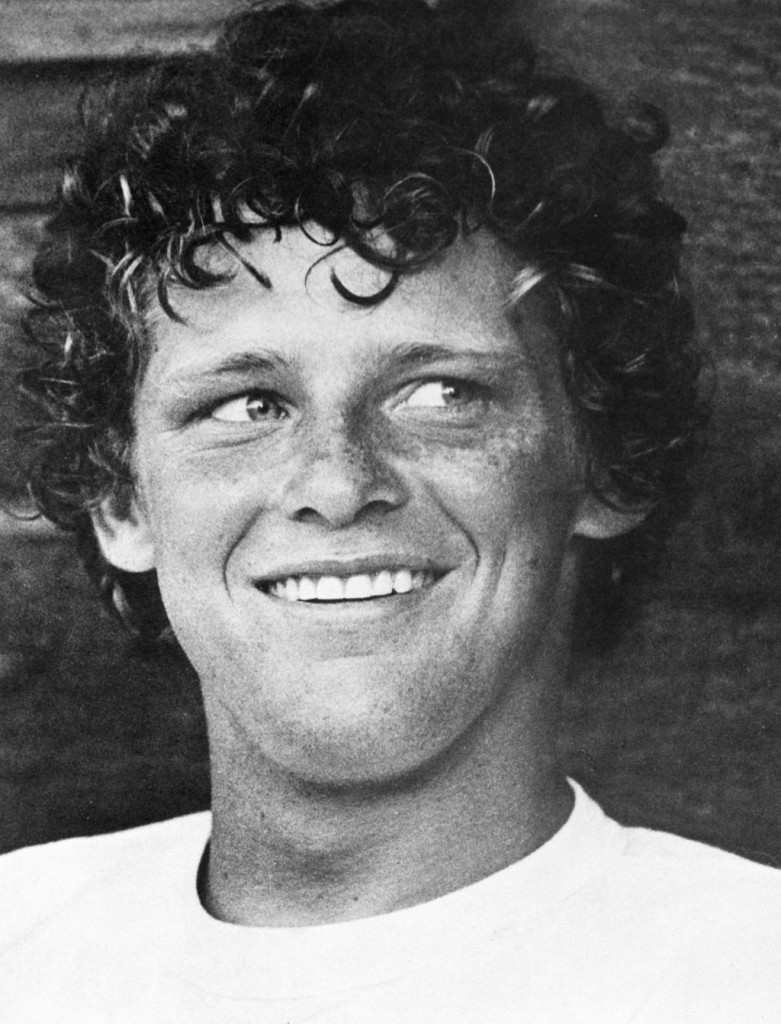

He would continue until he had finished his mission, no matter what game he played. In Canada, Terry and his siblings were exposed to sports from an early age.
It is not uncommon for many Canadian youths to start ice skating around age 3. The Fox’s were not so much an ice hockey family, but the boys did enjoy playing street hockey and baseball.
Terry’s siblings later recalled the many happy summers they had together chasing their lost hockey ball down the street, or begging their parents to take them to the baseball field for practice.
The Fox family were extremely sporty, with Betty and Rolland supporting their children no matter what sport they picked.
When not attending school or playing sports, Terry found casual work as a berry picker to earn pocket money. This sense of responsibility and independence would follow him into later life and taught him many great lessons.
A Move Out West
In 1968, the Fox family moved out west from Winnipeg to Port Coquitlam, a whopping 1,418 miles away.
Terry said goodbye to his childhood friends and the school he had attended for many years, hoping that Mary Hill Junior High School in Port Coquitlam would have an equally promising sports programme.
Not much is known about the family’s move, but Terry was described as a ‘shy and introverted’ student at Mary Hill JH.
Naturally, Terry enrolled himself in sporting extracurricular activities and was especially interested in the school’s basketball team. Bob McGill, the coach of the team, had already noticed Terry during gym class for his endurance and stamina.
Terry and a group of new friends attended the basketball tryouts, but try as hard as he might, he wasn’t good enough to make the cut.
McGill later told the media that while Terry could outrun most of the other boys, he could have been better when it came to the technicalities of the game. Standing at just 5 feet tall, Terry’s height was also a barrier to his future basketball success.

McGill informed Terry that he would not be making the team, but there was a glimmer of hope. He had been watching him closely and suggested another sport he thought he could dominate; cross country running.
According to the Terry Fox Foundation, “He [McGill] might as well have asked Terry to skydive. The boy had no interest in running.” but he tried out for the team anyway.
Terry and his siblings had been raised to respect their elders and those in a position of authority. Terry was always polite and courteous and did not want to disrespect the coach.
Instead, he wanted to impress him, so he did as he was instructed and signed up for the cross-country running club.
Running On Fumes
Terry flourished in the cross-country running club, but only one sport held his heart: basketball. Every morning, Terry would wake up at around 5:00 AM to get to school early to use the basketball courts before class.
He and a small group of friends dedicated every morning to this ritual, come rain, shine or snow. Whilst Terry wasn’t the best basketball player, he was the most determined and obsession will always beat talent.
Terry continued to play basketball for Mary Hill, even though he only got a few minutes a game. This didn’t deter him, in fact, it only made his desires stronger.
He spent every waking moment thinking of basketball and how he could improve. McGill offered Terry one-on-one coaching sessions and often saw Terry around town every morning, running and practising outside his home.
After many years of playing for the Mary Hill Junior High School basketball team and being on their cross-country team, it was finally time for Terry to graduate.
Everyone in the physical education department was sad to see Terry go, and everyone agreed that his passion and dedication would take him far in whatever field he chose to pursue.
In the mid-1970s, Terry enrolled at Simon Fraser University in Vancouver, British Columbia. The university’s campus wasn’t too far from home, and Terry always kept in contact with his parents.
Naturally, Terry wanted to pursue something related to sports and the human body, eventually settling on a major in kinesiology.
After applying to SFU (Simon Fraser University), Terry revealed to his parents that he had chosen this university because their basketball team was the best in the province (BC).
Being such a large institution, the basketball team was competitive, but Terry immediately stood out to the coaches. Again, Terry’s basketball abilities were not enough to make him stand out, but his tenacity and dedication was.
Terry played several minutes for the SFU team and continued to focus on his studies. Little did he know that something life-changing was just around the corner.
The Pain That Started It All
Injuries and pain are all part of sports, and any athlete knows they are likely to pick up a serious injury sometime or another. In 1977, when he was just 18 years old, Terry began to experience intense knee pain.
At first, he thought he had torn his ACL or MCL, or had a problem with the cartilage in his knee, but the truth was much darker. His family persuaded him to visit the hospital, as the pain had become so unmanageable he struggled to function day to day.
Doctors and physiotherapists looked Terry over, and given his long history of cross-country running and basketball, they, too, assumed he had a cartilage issue.
Hours later, Terry was being sat down by the oncologist on duty, who explained that the excruciating pain in his knee was being caused by Osteosarcoma. According to the Mayo Clinic, Osteosarcoma is a type of bone cancer that usually starts in the knee.
Young adults and teenagers are mostly affected by the disease, although it can affect anyone of any age. Symptoms of Osteosarcoma include swelling near a bone or joint, bone or joint pain, a bone injury, or bone break for no apparent reason.
Doctors will first treat the disease with chemotherapy or radiotherapy before moving on to more radical procedures.
In 1976, cancer care was not at the level it is today and unfortunately for Terry, the disease had spread fast. His only option was to have his right leg amputated above the knee and to undergo gruelling rounds of chemotherapy.
There was no guarantee that these methods would work, but these were Terry’s only chance of survival. At just 18 years old, Terry underwent a leg amputation, effectively ending his basketball career, or so he thought.

Thankfully, Terry saw a shining light at the end of the tunnel in the form of a prosthetic leg. He was measured and fitted with the device, and within a matter of months, he was back on his feet.
The night before he went for his big surgery, Terry read a book about a fellow amputee who had dedicated their life to running. Running had always been in the back of Terry’s mind, but this book had now cemented his new path.
The Long Road Ahead
Following months of chemotherapy and follow-up appointments, Terry was beginning to feel like his usual self. It wasn’t until early 1979 that he began running with his new prosthesis.
Terry fell in love with running all over again, this time appreciating the freedom he had to run anywhere he wanted.
Just recovering and getting back to his degree wasn’t enough for Terry, though; he wanted to do something to ensure nobody else would have to suffer the same fate he did.
In February 1979, Terry dreamed up the event that would make him famous ‘The Marathon of Hope’. Every day, Terry took to the pavements of British Columbia, running a total of 3,100+ miles in preparation for the charity run.
The Canadian Cancer Society supported Terry after he proved he was fit to run.
The CCS provided Terry with sponsorships and media attention. Unfortunately, at first, Terry’s great run didn’t garner the attention he had hoped.
He wanted the entirety of Canada to be watching him, but in reality, it only made local news, but that was about to change.
April 12th 1980, marked the first day of the Marathon of Hope. To celebrate the beginning of his incredible journey, Terry removed his prosthetic leg and dipped it into the Atlantic Ocean off the coast of St Johns, Newfoundland.
Terry planned to run from Newfoundland, the easternmost province, back to his home in British Columbia, a large feat for any runner.
For the next 3 months, Terry Fox ran through towns and cities across Canada, passing into Nova Scotia before entering Quebec.
As his journey progressed, people in the towns and cities of Canada caught wind of Terry’s selfless vision and gathered to cheer him on, give him water and make donations. Many mayors gave sizable donations to the Marathon of Hope, all whilse Terry battled harsh conditions.
We’re Halfway There
In June 1980, Terry had finally made it to the halfway mark, the province of Ontario. According to the Terry Fox Foundation, who did the math, Terry ran over 26 miles each day of his journey.

By the time he arrived in Ottawa, Ontario, Terry had made national news, and the donations were pouring in. He had hoped to raise $24.1 million CAD, which was $1 for every person in Canada.
Throughout the stifling summer months, Terry continued to run 26 miles each day, smiling as he passed adoring supporters. By September 1980, the demands of the Marathon of Hope were beginning to wear on him, but Terry did not want to give up.
He told his family that during his time in chemotherapy, he saw many good young people die, and he felt it was his duty to raise enough money and awareness so that no family would ever have to go through that pain.
In his letter to the Canadian Cancer Society, he wrote, “I’m not a dreamer, and I’m not saying this initiates any kind of definitive answer or cure to cancer, but I believe in miracles.
I have to.” On September 1st 1980, as he was entering Thunder Bay, Ontario, Terry almost collapsed, and for the first time in months, he was forced to stop. He had previously rejected medical intervention, but this time, things felt different.
He was taken to the nearest hospital, where he was delivered the worst possible news. The Osteosarcoma had metastasised (spread from where it started to a distant part of the body) to his lungs.
On September 2nd 1980, Terry Fox tearfully told the world that after running 3,339 miles, he would need to stop to receive treatment. Later that day, the TV channel CTV held a telethon for Terry, which raised over $10 million CAD.
The Final Stretch
After receiving the crushing news, Terry returned to his home in British Columbia for treatment and to be close to his family. For almost a year, Terry would undergo chemo and radiotherapy in an attempt to kill the cancer.
An enormous victory for Terry came on February 1st 1981 when his dream of raising $1 per every Canadian citizen came true. According to the Terry Fox Foundation, by this date, the Marathon of Hope had raised over $24.17 million CAD.
Hundreds offered to help Terry by finishing the marathon for him, and big-name celebrities offered to chip in and help where they could, but Terry told them he and he alone needed to finish the race.
Unfortunately, Terry would never get that chance. On June 28th 1981, a month before his 23rd birthday, Terry Stanley Fox passed away at the Royal Columbian Hospital in New Westminster, BC.
Following Terry’s death, hundreds came out to mourn him and to commend his unbreakable spirit. Despite his cancer diagnosis and losing his right leg, Terry still managed to achieve the unthinkable.
He had run over 3,339 miles and raised millions for charity while doing so.
In September 1981, Terry’s family worked with associations across Canada to hold the first annual Terry Fox Run.
In June 1982, the Terry Fox monument, a 9-foot bronze statue of Terry, was erected in Thunder Bay, Ontario, in the very spot where he was forced to stop running due to his medical emergency.
In the years that followed, the Terry Fox Run had gone international, and the whole world had become inspired by Terry’s story.
In April 2020, the Terry Fox Foundation announced that they had now raised over $800 million (CAD) in the name of fighting cancer and supporting patients and their families.
Whilst Terry was not around to see this grand accomplishment, his family knows he is looking down at them, proud of what they and the community have been able to achieve in his name.
Sources
https://cdn.terryfox.org/wp-content/uploads/2022/08/Facts-About-Terry.pdf
https://www.mayoclinic.org/diseases-conditions/osteosarcoma/symptoms-causes/syc-20351052
https://cdn.terryfox.org/wp-content/uploads/2022/09/Terrys-Early-Years.pdf
https://www.britannica.com/biography/Terry-Fox
https://www.icr.ac.uk/support-us/get-involved/sports-and-challenges/run/the-terry-fox-run


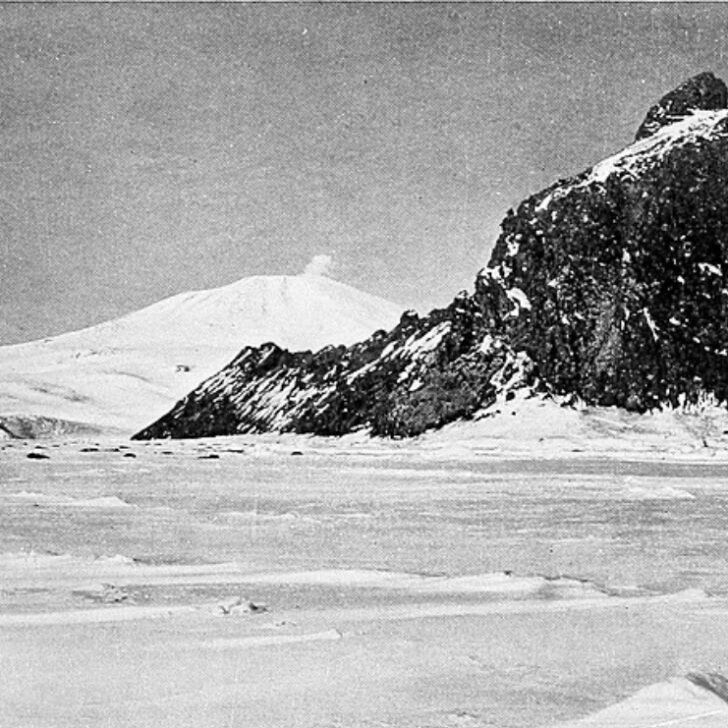
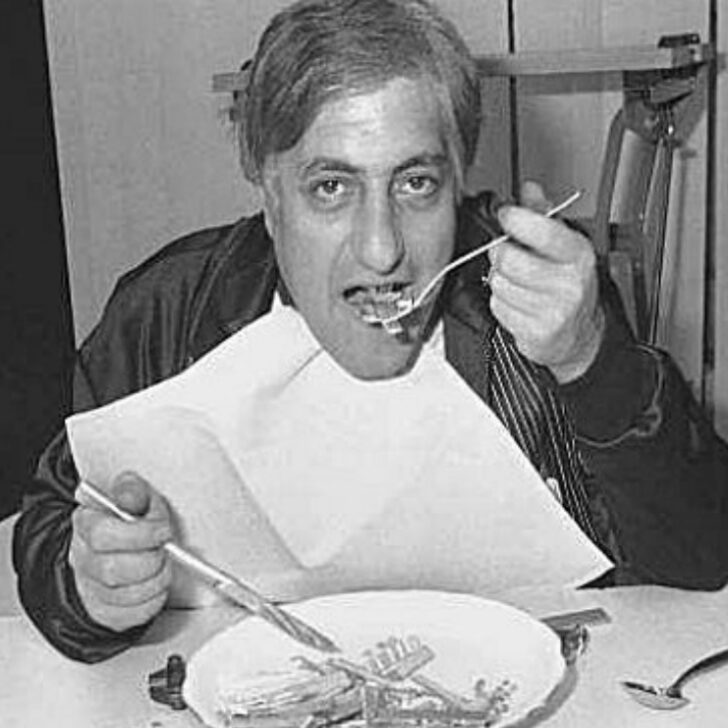


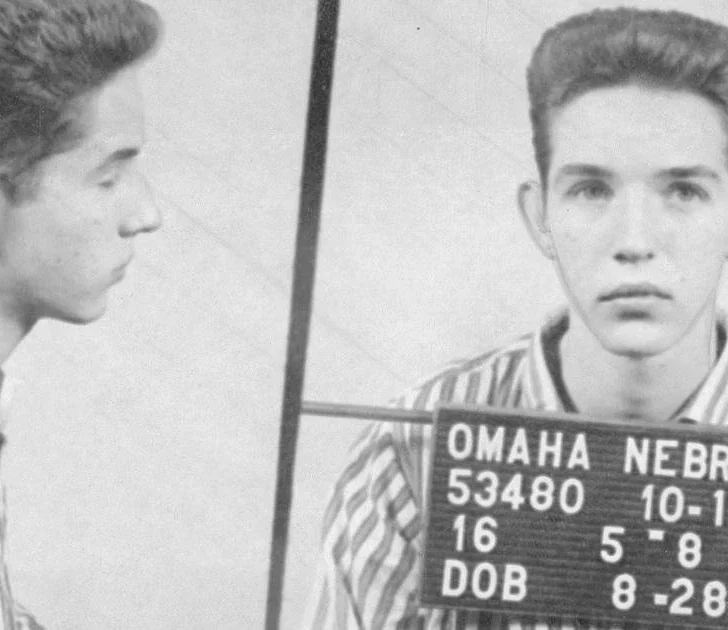





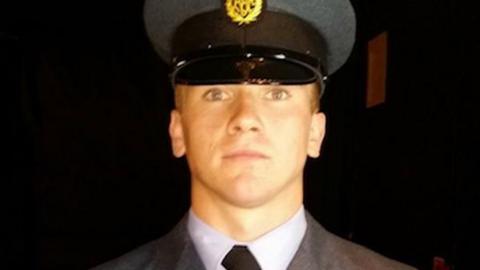
Leave a comment